The total width of a passenger vehicle and its load may not be greater than eight feet. A passenger vehicle may not carry a load extending more than three inches beyond the left side line of its fenders or more than six inches beyond the right side line of its fenders.
View complete answer on click2houston.com
According to the Texas Department of Motor Vehicles and the Texas Department of Public Safety, passenger cars cannot be wider than eight feet. Your car width along with any accessory, including your rims, can't exceed this measurement.
View complete answer on click2houston.com
If tires are sticking outside the flaps, then it is illegal. We can verify tires sticking outside the fender wells is not illegal, but if the total width of a vehicle is more than 8 feet, it is against the law.
View complete answer on khou.com
The law states that fenders must “cover the entire tire tread width that comes in contact with the road surface. Coverage of the tire tread circumference must be from at least fifteen degrees in front and to at least 75 degrees to the rear of the vertical centerline at each wheel ...”
View complete answer on bellinghamherald.com
As long as the tread is under the arch it's technically legal.
View complete answer on z4-forum.com
Turns out, those rims are called "swangers. "
"
View complete answer on khou.com
Yes its illegal. The tyre must not protrude the wheel arch.It would come somewhere under the construction and use regulations. Also a safety issue if it is going to catch the arch lip etc. As far as I recall, C&U says that 75% of the tyre tread has to be covered when viewed from above.
View complete answer on pistonheads.com
So if you put a +15mm offset wheel on the car, the wheel is likely to stick out about 1 inch. If you've ever noticed a lifted truck or a low rider with wheels sticking out, its because the offset of the rim is very low and in many cases so low that they are negative offsets.
View complete answer on elementwheels.com
A negative offset gives an inset or deep-dish look: -44 is deeper than -12. The wheel will also stick out from the truck. Keep in mind that some states require fender flares to cover the width of the wheel and tire.
The wheel will also stick out from the truck. Keep in mind that some states require fender flares to cover the width of the wheel and tire.
View complete answer on realtruck.com
Whether you're driving a slammed sports car or a lifted truck or SUV, a wide tire provides attitude and style while also improving handling and acceleration on the street, or grip and control on the trail.
View complete answer on drivingline.com
A vehicle or combination of vehicles may not carry a load that extends more than three feet beyond its front or, except as permitted by other law, more than four feet beyond its rear.
View complete answer on dps.texas.gov
The total width of a passenger vehicle and its load may not be greater than eight feet. A passenger vehicle may not carry a load extending more than three inches beyond the left side line of its fenders or more than six inches beyond the right side line of its fenders.
A passenger vehicle may not carry a load extending more than three inches beyond the left side line of its fenders or more than six inches beyond the right side line of its fenders.
View complete answer on dps.texas.gov
Legal Car Modifications You Can Do In Texas
View complete answer on sunautoservice.com
Washington (CNN) -- Attention, all drug runners. Your days of using caltrops to avoid apprehension are over -- at least in Texas. Caltrops -- more commonly known as road spikes -- are small spiky objects like those used in the game of jacks.
View complete answer on cnn.com
What is a slab? Slabs are modified vehicles outfitted with elbow wheels known as swangas, glossy candy paint and booming sound systems that originated in Houston. Older American luxury cars like Cadillacs, Lincolns and Buicks are among the models customized due to their large bodies.
View complete answer on click2houston.com
You may not change the offset by more than 12.5mm per wheel. In South Australia, wheel track measurement may not be more or less than 15mm beyond the maximum specified by the vehicle manufacturer. In New South Wales, you can't alter your offset past the maximum specified in your vehicle's placard.
View complete answer on jaxtyres.com.au
Well-Known Member. Yup.. - 12 offset. Sticks out sbout an inch.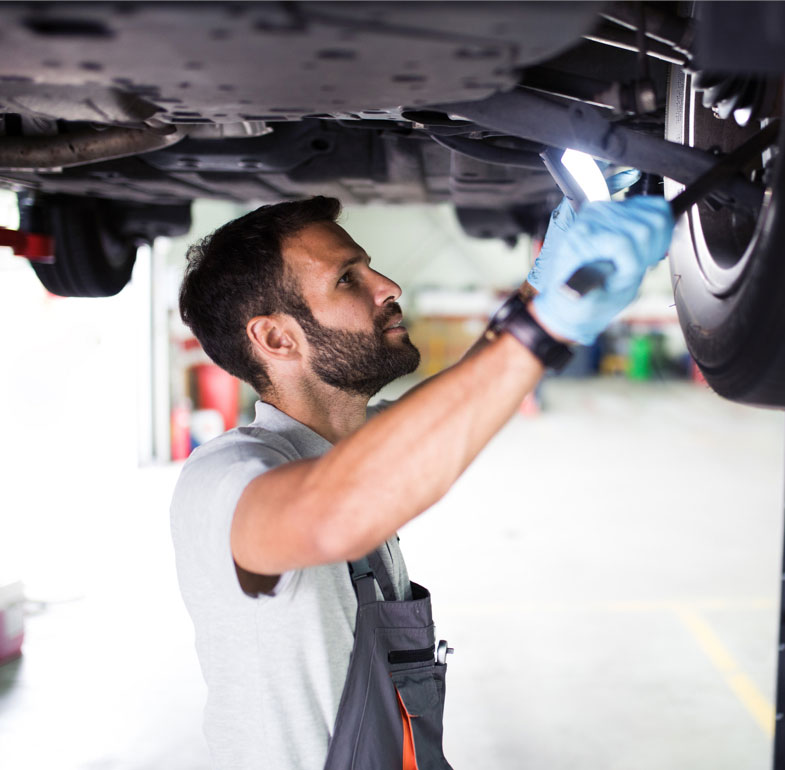
View complete answer on jlwranglerforums.com
If your offset is too positive, you risk the inside of the tire hitting your suspension. To fix this, bring the offset down, so it's closer to zero. This moves the tire out. If your offset is too negative, then the outside of the tire will rub on the car's body and fenders.
View complete answer on audiocityusa.com
To make the truck wheel stick out and to ensure a better clearance you can install wheel spacers. Wheel spacers increase the wheel mounting surface and a wheel hub assembly. This can certainly make the wheels stick out without investing on new wheels.
View complete answer on amanandhisgear.com
Stock offset is +45. The difference would be that the aftermarket wheel is 1-1/2" wider than stock.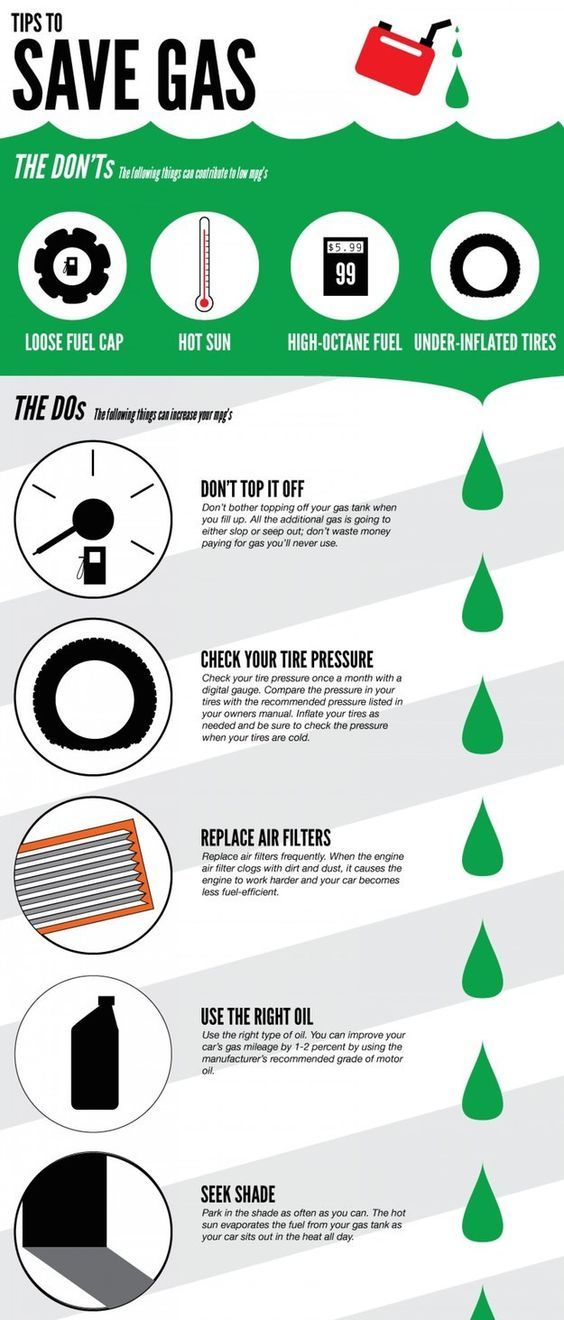 That would poke out 3/4" further than stock. The +35 would poke out another 4/10" beyond that setup.
That would poke out 3/4" further than stock. The +35 would poke out another 4/10" beyond that setup.
View complete answer on civicx.com
The perils of bad offset
Wheel rub is bad enough, as it will damage the inner flange of the wheel and probably the suspension components it's rubbing against. Tire rub is even worse, as it will very quickly rip up the inside sidewall of the tire, an area where the damage is very hard to detect until the tire blows out.
View complete answer on moderntiredealer.com
Excessive or uneven tyre wear is a key component of what can constitute as an illegal tyre. This could refer to having large, deep cuts in the sidewall, for example, or having tyre wear in uneven places – leading to a dangerous tyre which isn't meeting the specific safety requirements.
View complete answer on f1autocentres. co.uk
co.uk
Tyre tread depth has to be above 1.6mm to be legal. This must be the case for the middle three quarters of the tyre.
View complete answer on rac.co.uk
The legal minimum tyre tread is 1.6 mm over ¾ of the tyre. Tyre tread below this measurement is not thought to provide enough traction to the road to ensure safety when driving. However, many experts believe tread of 1.6mm is too shallow and recommend using 3mm as the minimum measure of when to change your tyres.
View complete answer on rivervaleleasing.co.uk
← Previous question
Should you use mouthwash before bed?
Next question →
How much space do you need for Windows 11 USB?
Homepage | Disclaimer & Copyright Information | Contact Us
|
In fact, the average life of any tire is 5-7 years, but a lot depends on how the owner treats his car. Aggressive driving, improper seasonal tire storage, unrepaired suspension/balancing problems, incorrect pressure and other errors can significantly shorten tire life. But worn tires can be a serious problem on the road: an increased risk of uncontrolled skidding, hydroplaning, even accidents is the price that drivers and passengers have to pay for using old tires.
Each manufacturer indicates the so-called wear index on the tire profile, which most often looks like the inscription “Treadwear 100” and means a maximum of 48,000 km on a standard road surface (polygon). In a real environment and often not the most ideal roads, this number actually needs to be divided by 1.5 - we get 36,000 km.
By analogy, if the wear resistance index is 150, then this means “factory” 72 thousand km, 200 - 96 thousand km.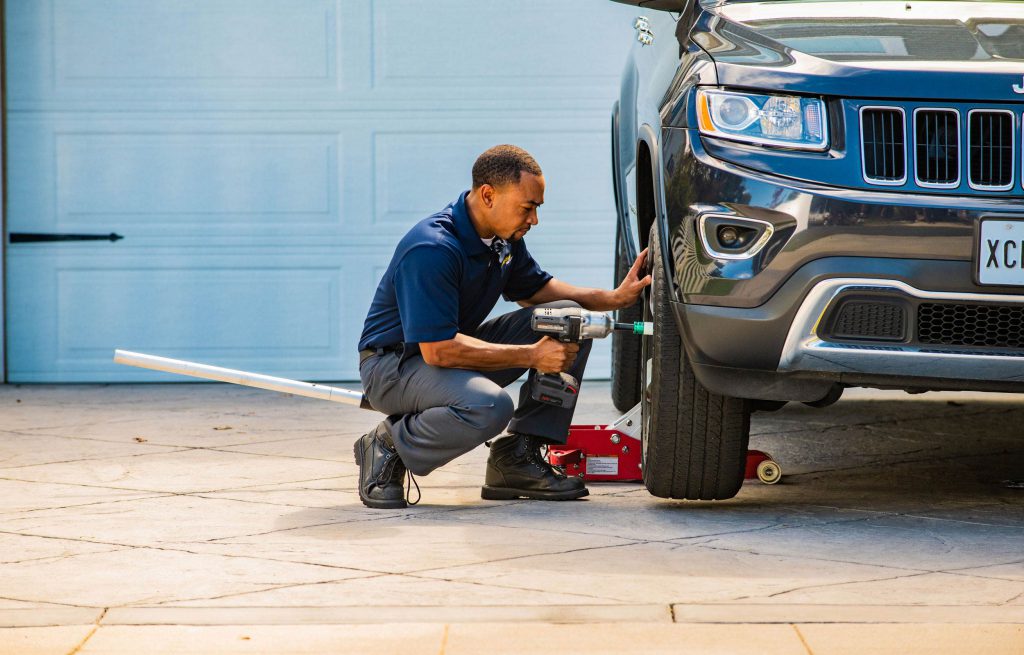 , and so on.
, and so on.
What are the dangers of worn tires on the road:
adhesion to the roadway deteriorates, which leads to an increased likelihood of skidding, accidents, hydroplaning in case of rainy weather;
reduced cross-country ability in off-road conditions;
increases the risk of a tire puncture while driving.
It is also worth remembering that the issue of tire wear is regulated by traffic rules, and you can get a fine for using “bald” rubber. Knowing what maximum tire wear is acceptable, this is easy to avoid: 1.5-2 mm for summer, and 4-5 mm for winter (a more accurate figure is indicated by the manufacturer).
1. According to the wear indicator on the tire. To find this indicator, you need to inspect the side of the tire and find one of the markings: a triangle, a company logo, a snowflake, or the abbreviation TWI. If the tread has worn down to this indicator, it means that the tire needs to be disposed of urgently.
2. Many people in the old fashioned way prefer to use a 10-kopeck coin. Insert it into the tread with the inscription "10 kopecks" towards you, and if it is visible, the wear level is too high, you need to replace the tire. This method is convenient, but not entirely accurate: by measuring wear in different parts of the tire in this way, it will be difficult to estimate its unevenness by eye, and this is also an extremely important indicator.
3. It is optimal to use a special gauge, depth ruler or caliper for these purposes. This will allow you to measure the wear of the tread in different parts of the tire with an accuracy of up to a millimeter and understand if there is uneven wear.
If measurements show different results in different parts of the tread, it is important to determine exactly how your tires wear in order to understand where and what the operating error is.
If the tread wears more on the sides and the center wears off less, this means that the tire pressure is insufficient and the contact patch with the road is not correct. This leads not only to poor vehicle stability, but also to increased fuel consumption.
This leads not only to poor vehicle stability, but also to increased fuel consumption.
If the tread is worn down the middle but the sidewalls are fine, then your tires are overinflated. Sometimes this is done intentionally in order to save fuel, but in this case, the tires will still have to be changed ahead of schedule.
There is also the possibility of increased wear on the inside or outside of the tread - this indicates an incorrect camber. A visual table with wear options and their causes:
Cracks on the sides of tires can indicate frequent off-road driving, improper storage, low-quality rubber or long service life, as well as incorrect tire pressure.
Bulges or "hernias" on the sides of the tires appear as a result of the side part hitting hard obstacles. Tires with such damage are not recommended.
Dents on the tread indicate insufficient depreciation and unadjusted camber. Having found such damage, it is necessary to drive the car to the service and make sure that the suspension is in good condition.
Having found such damage, it is necessary to drive the car to the service and make sure that the suspension is in good condition.
Individual wear spots on the tread indicate aggressive driving / braking, skidding with wheel locks, or prolonged parking of the car in one position.
Most often, this is required for the sale and purchase of used tires in order to orient the buyer in the degree of their wear. Many sellers give this figure at random, but this method has nothing to do with the actual assessment of the degree of tire wear. It is also important to understand that a conditional 50% wear for a summer tire is an acceptable value, while 50% wear of a winter tire tread is a sign that the tire cannot be used. Therefore, it is important to know how to accurately determine the percentage of tire wear so as not to get into an unpleasant situation.
Many people divide the actual tread height by the height of the same, but new tire, and get a certain percentage of wear. This would be correct, if not for one BUT: we cannot physically erase the tread to zero, and the law prohibits the use of tires with a tread below the permitted values.
This would be correct, if not for one BUT: we cannot physically erase the tread to zero, and the law prohibits the use of tires with a tread below the permitted values.
You can calculate actual tire wear by dividing the difference between the new tire height and the actual tire height by the difference between the new tire tread height and the minimum possible tread height for that tire, and then multiplying this number by 100.
If it is impossible to find out the height of the same, but with a new tire, use the average values of your tire type:
| Tire type | Average tread height at start of use |
| Winter tires with Scandinavian tread | 10 mm |
| Winter with regular or asymmetric tread | 9 mm |
| High-speed winter | 7 mm |
| Summer tires with classic tread | 8 mm |
| Summer speed | 7 mm |
You can check summer tires for wear a little less often than winter tires, since in summer the tread depth is not so important for patency.
If you have assessed the condition of your tires on all of the above factors and realized that the tires are worn out, be sure to replace them with new ones as soon as possible.
Winter tires are like comfortable boots, but unlike human shoes, they are used not so much for comfort as for safety. Such tires are designed specifically for use in cold weather - at a temperature not higher than + 7 ° C. Compared to summer tires, winter tires do not tan or deform in cold weather.
Experienced car owners know that it is worth changing tires when the temperature drops to +5◦C. As a rule, this is the end of October - the beginning of November. It is more logical to purchase a set of winter "equipment" in the summer: at this time the most affordable prices are offered. Pleasant discounts are waiting for you at the end of the season - in February and March.
In this article, we will tell you how to choose winter tires for your car, how to know when it's time to change a tire, and what to do to extend the life of the products.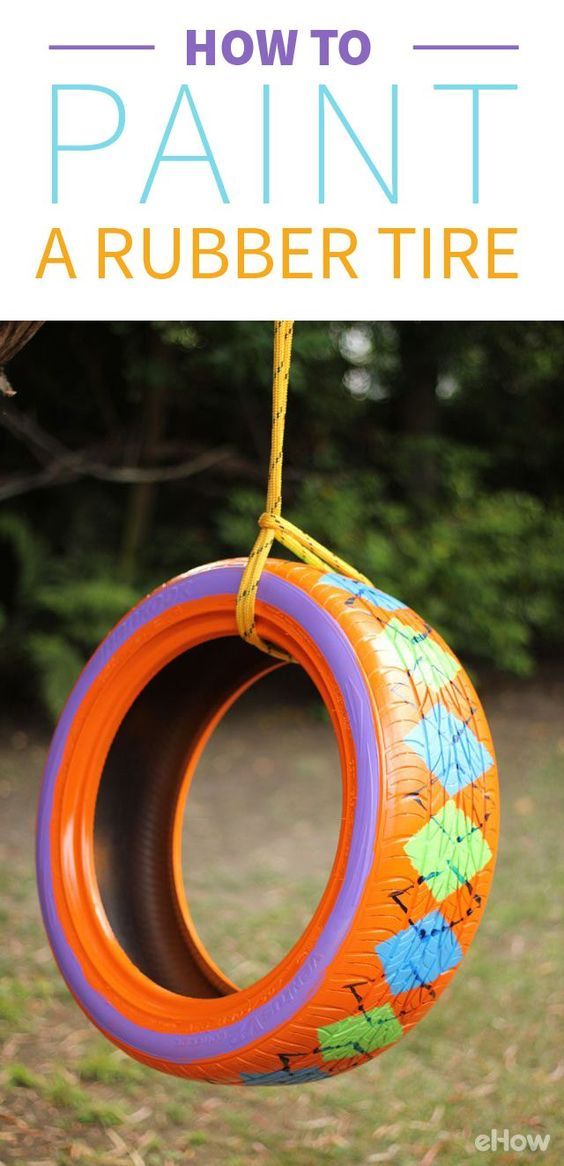
Determining that you need a new set of tires is easy. Pay attention to:
The studded tires are leaders in ice and snow. Thanks to the spikes, the tires effectively break the ice, are securely fixed on the road and do not allow the car to skid. However, it is extremely inconvenient to conquer asphalt on such rubber. Studded tires contribute to the rapid destruction of the road surface, so they are recommended for car owners who often travel over rough terrain. Winter studded tires significantly reduce the stopping distance of a car on ice.
Thanks to the spikes, the tires effectively break the ice, are securely fixed on the road and do not allow the car to skid. However, it is extremely inconvenient to conquer asphalt on such rubber. Studded tires contribute to the rapid destruction of the road surface, so they are recommended for car owners who often travel over rough terrain. Winter studded tires significantly reduce the stopping distance of a car on ice.
The disadvantages of studded models include the following:
non-studded tires provide optimal grip on wet or snowy surfaces. The choice of winter non-studded tires depends on the operating conditions of the car. For regions with frequent rain and sleet, European type tires, and for areas with snowfall - Scandinavian tires. European models are distinguished by an extensive system of drainage channels and the presence of powerful lugs.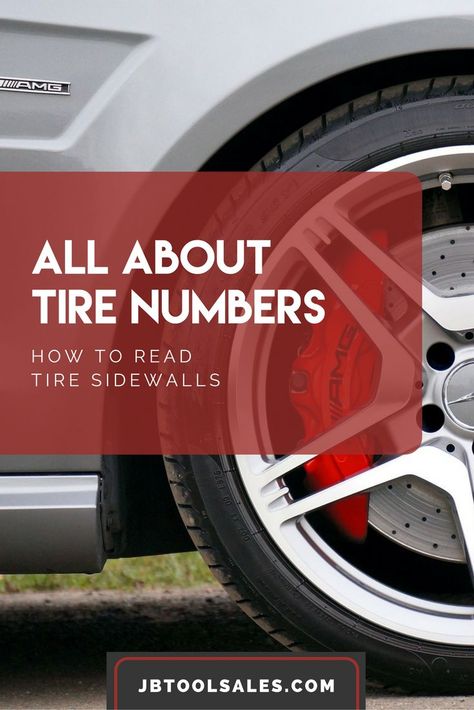 The advantage of the Scandinavian type is a sparse tread pattern (rectangles and rhombuses). Non-studded models have one drawback - they are not designed for use on icy surfaces.
The advantage of the Scandinavian type is a sparse tread pattern (rectangles and rhombuses). Non-studded models have one drawback - they are not designed for use on icy surfaces.
Are you looking for winter tires and wondering: studs or Velcro? Analyze the conditions of use of the machine. For the city, it is better to choose silent non-studded options that demonstrate excellent performance when driving on dry and wet surfaces. And if you use a car in a rural area, then you should prefer practical studded models.
There is also a third group of tires - all-weather tires . Motorists call this type a "compromise" between studded and non-studded tires. All-season tires, without a doubt, are suitable for a mild European winter. In the harsh Russian winter season, they are unlikely to live up to expectations, although they are designed for a temperature range from +20◦С to -5◦С.
When you decide on the type of tires, you should pay attention to the following parameters:
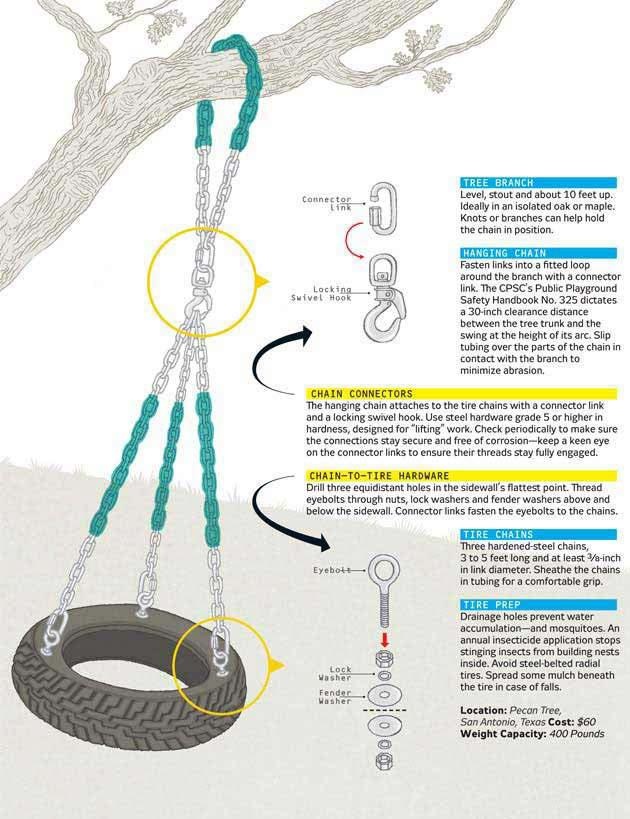 As a rule, there are no problems with this criterion, since the manufacturer has already indicated all the allowable tire sizes for your car. Sometimes motorists "experiment" and purchase winter tires with an increased profile, but a reduced radius.
As a rule, there are no problems with this criterion, since the manufacturer has already indicated all the allowable tire sizes for your car. Sometimes motorists "experiment" and purchase winter tires with an increased profile, but a reduced radius. Experts recommend following simple rules when buying and operating tires:
